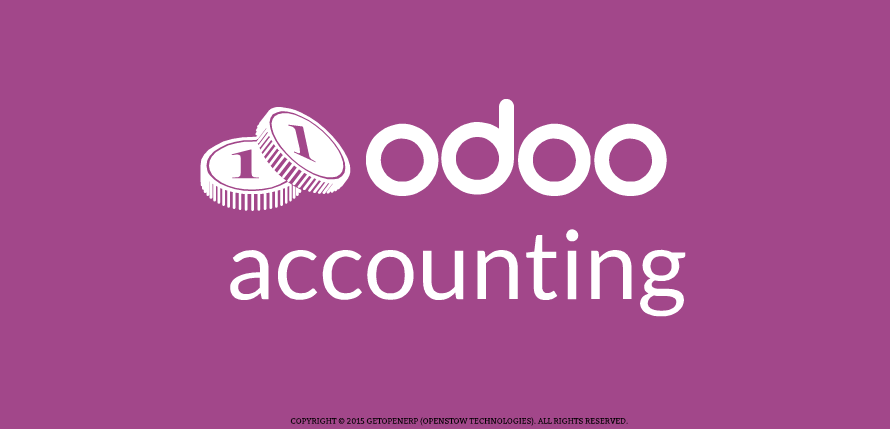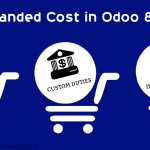
CUSTOMIZE YOUR ACCOUNTING
Here we tell you , Odoo Accounting Configuration as per your need. Odoo Accounting is elegant and full featured OpenSource Accounting System. Easily fits to any size businesses needs.
- Beautiful, easy, full featured
- Smart User Interface
- Better Way To Work Together
- Connect Your Bank Accounts
- Electronic invoicing and automated follow-ups
STEP 1 : MAKE YOUR OWN CHART OF ACCOUNTS
While Installing Odoo Accounting Module the wizard will ask you to select the right pre-built COA templates according to localization. You can also create your own COA. To create a new account:Go to Accounting → Configuration → Accounts → Accounts and duplicate a similar account if possible in order to get a preset account. Link it to the corresponding parent account. Set appropriate internal and account types. Tell the system this account can be reconciled, e.g. if it is a partner account.
STEP 2 : CREATE YOUR OWN JOURNAL
All your accounting entries need to appear in an accounting journal, which is a record of transactions ordered by date. Some default journals are preset (a Sales Journal for customer invoices, a Sales Refund journal for customer credit notes, a Purchase Journal for supplier invoices, a Purchase Refund journal for supplier credit notes and a Bank Journal for bank transactions). New journals can be created for specific payment methods, etc.Create a new journal dedicated to a new customer’s payment method.Create the journal from Accounting → Configuration → Journals. Set a default debit and credit account. Customize the sequence number.
STEP 3 : MANAGING YOUR TAX STRUCTURE
Kindly go through the link which explained the fully setup of Chart of Tax for your Company. https://doc.odoo.com/book/3/3_9/tax_structure/
STEP 4 : Set Default Accounts & Taxes on Products
For each product or product category, you can set the default income and expense account that will be proposed for invoices. You can also set the default taxes for products. Open an existing product and change the income account for the product category concerned. Change the customer taxes for that product.



